Innovation often conjures images of sleek tech products, visionary leaders, or groundbreaking ideas. Yet beneath the surface, it thrives on something far less glamorous: trust and vulnerability. Without these elements, true innovation remains out of reach, sabotaged by ego, fear, and the avoidance of necessary conflict.
At its core, innovation is the application of better solutions to meet new requirements, unarticulated needs, or existing market demands. While much of this depends on process and talent, true innovation begins in the incubator stage—a fragile space where ideas need trust and vulnerability to survive and thrive.
Brené Brown, a leading voice on vulnerability, warns of the dangers of bypassing the “honest conversation about the hard work that takes us from lying facedown in the arena to rising strong.” She describes the outcomes of avoidance as “gold-plated grit” or a “badassery deficit”—arrogance, ego, and denial disguised as “resilience.” These traits are the death knell of innovation.
Teams at work and in our communities (committees, board, etc.) must embrace vulnerability to navigate hard truths, engage in healthy conflict, and arrive at real solutions. As Tuckman and Bruce’s Team Development Wheel suggests, teams must go through the “Storming” phase—marked by frustration, power struggles, “groan zones” and conflicting assumptions—to reach the “Norming” and “Performing” stages. The turning point? A collective decision to trust and be vulnerable together, transforming conflict into a foundation for high performance.
Conflict as a Catalyst for Innovation
Contrary to popular belief, conflict isn’t inherently negative. In fact, it’s essential for growth. The Change Formula (DxVxF>R) demonstrates that successful change requires dissatisfaction (D) or conflict with the current state as a primary element. Conflict creates the necessary tension to challenge the status quo and move toward innovation.
When approached constructively, conflict reveals gaps, challenges assumptions, and drives teams to develop better solutions. Leaders who embrace this approach—actively seeking out “good conflict”—empower their teams to move beyond ego-driven defensiveness and into spaces of trust, vulnerability, and innovation. Imagine a “conflict-foward” organization!
Ego: The Nemesis of Innovation
If trust, conflict, and vulnerability are the birthplace of innovation, ego is its nemesis. Ego thrives on status, control, and the fear of being ordinary. It manifests as anger, blame, and passive-aggressiveness—the “henchmen” that sabotage team cohesion and stifle new ideas.
As Brown points out, our inner “Gremlins” whisper destructive messages like “this idea is stupid” or “you’re not worthy.” Left unchecked, these voices perpetuate a culture of fear and stagnation.
Yet innovation doesn’t require the absence of ego—it requires a healthy ego. A healthy ego, paired with trust and vulnerability, allows teams to confront harsh realities, embrace risk, and share bold ideas without fear. It’s a delicate balance: confidence without arrogance, vulnerability without weakness.
Or, as Jim Collins describes in his Stockdale Paradox: You must retain faith that you will prevail in the end, regardless of the difficulties, and at the same time confront the most brutal facts of your current reality, whatever they might be.
This dual mindset is vital for fostering innovation while navigating challenges with resilience and clarity.
The Interplay of Trust and Vulnerability
Steven Covey, author of The Speed of Trust, emphasizes that trust is built through credibility, which stems from integrity, intent, capabilities, and results. Trust is outward-facing—it’s earned through consistent acts of character and competency. Vulnerability, on the other hand, is inward-facing—it requires the courage to embrace uncertainty, risk, and emotional exposure.
Both trust and vulnerability are critical for fostering innovation, yet they come from different places and perspectives (outward and inward).
Again, we see this ying-yang, counter-intuitive presence in order for innovation to occur. Or, as Frank Sinatra used to sing, “"When an irresistible force such as you, meets an immovable object like me..."
Leading Innovation: Questions to Ask Your Team
To build a culture that supports innovation, start by reflecting with your team on these critical questions:
Do we have a history of building innovation? Why or why not?
Do we focus on building trust and vulnerability within our team? What actions & behaviors support this?
Do we lean into conflict, or do we try to brush it under the rug?
Do we leave our personal egos at the door? Do we encourage others to do the same?
True innovation exists at the intersection of trust, vulnerability, and constructive conflict. As leaders, our role is to create the conditions for innovation to thrive. That means checking our egos, fostering trust, and modeling vulnerability. It means leaning into conflict, embracing discomfort, and having the courage to confront the most brutal facts of our current reality.
In doing so, we pave the way for ideas - and the people behind them.

